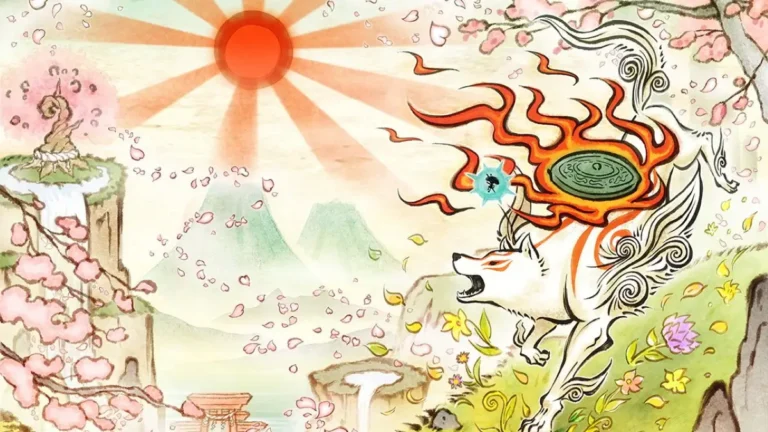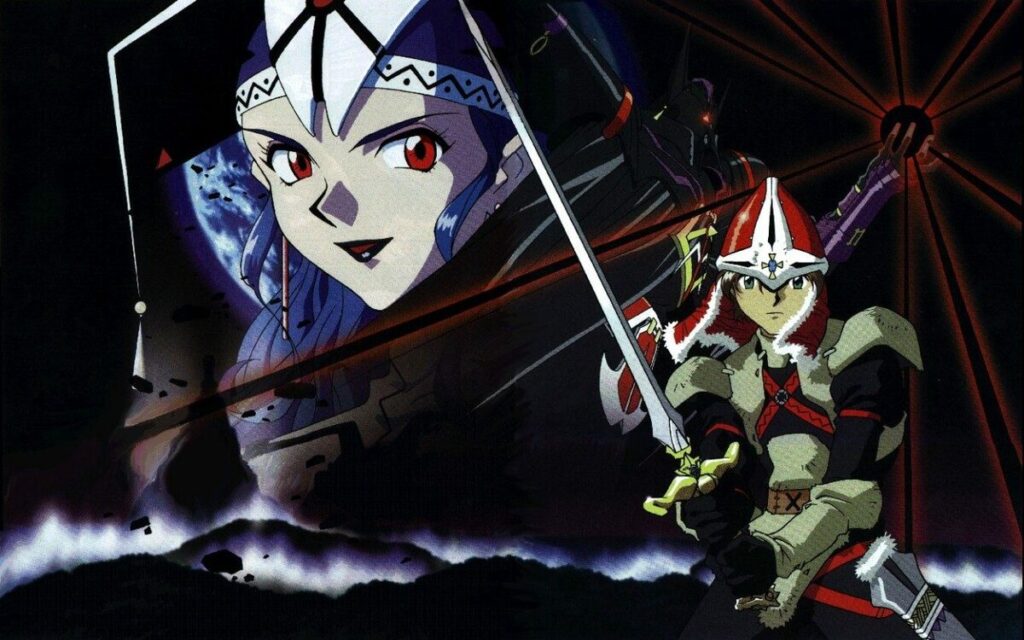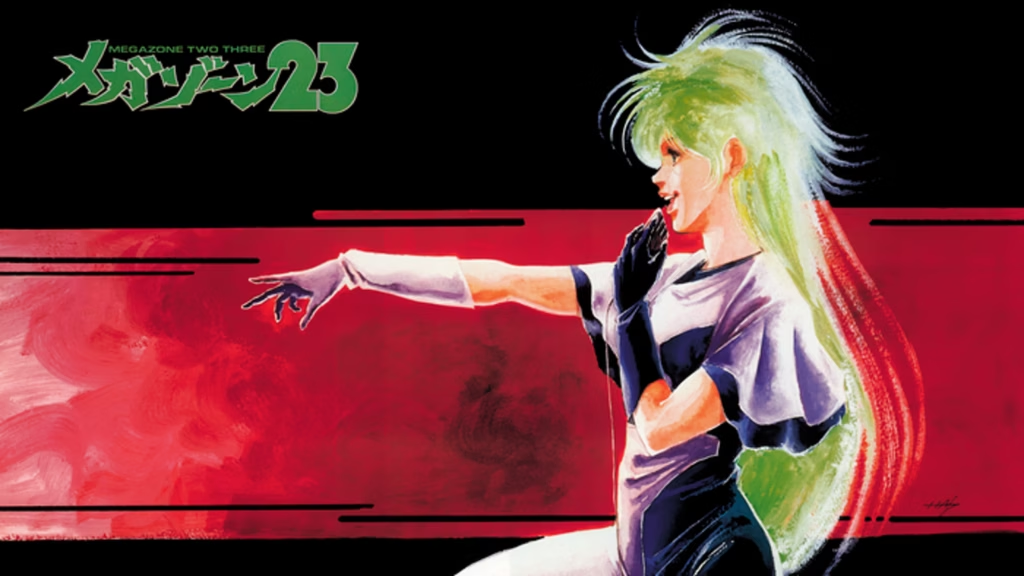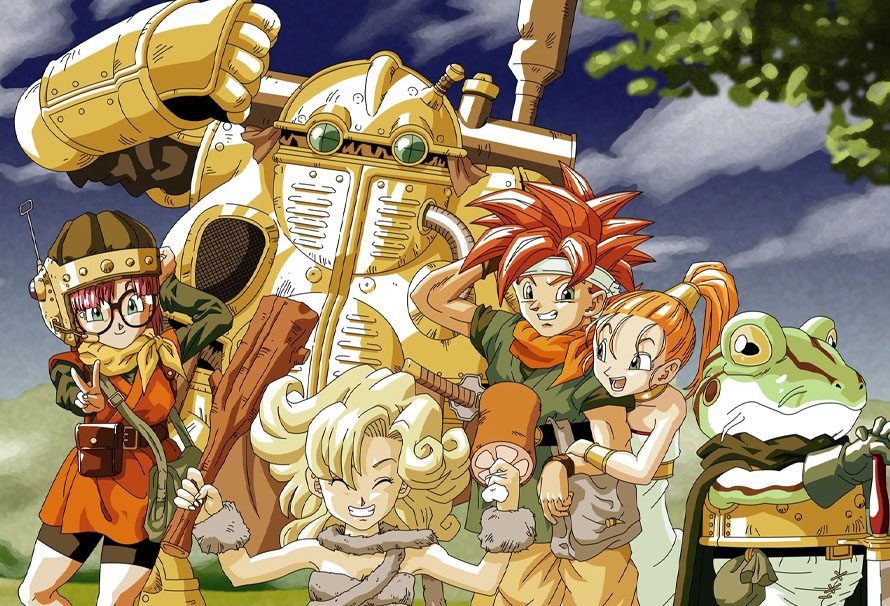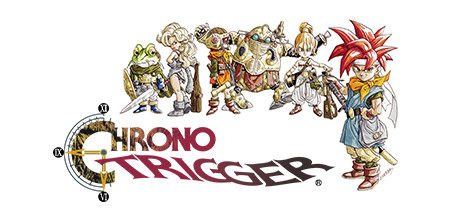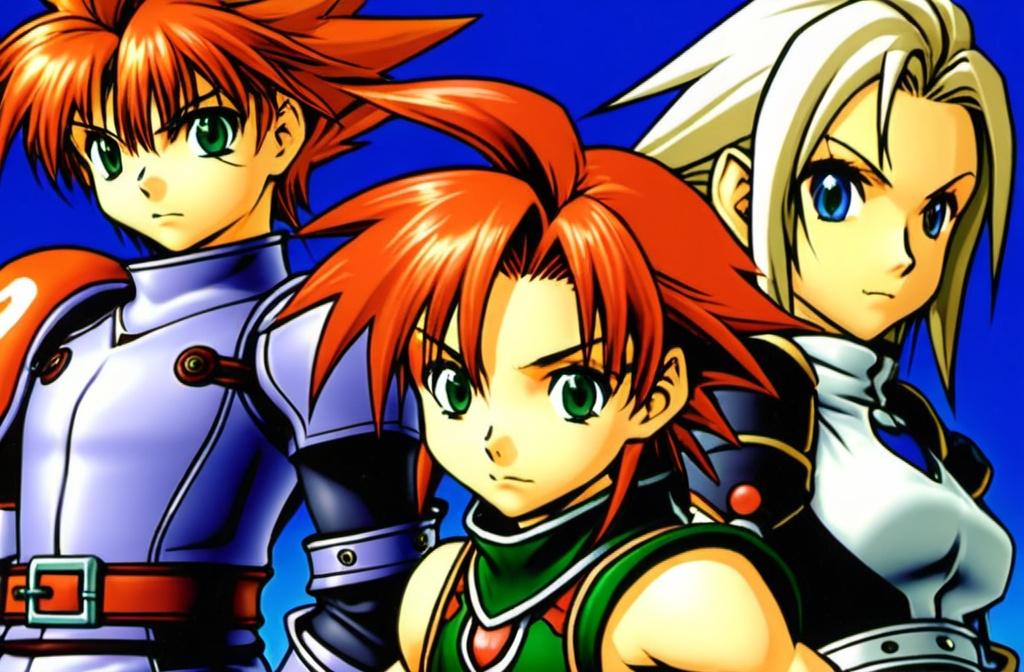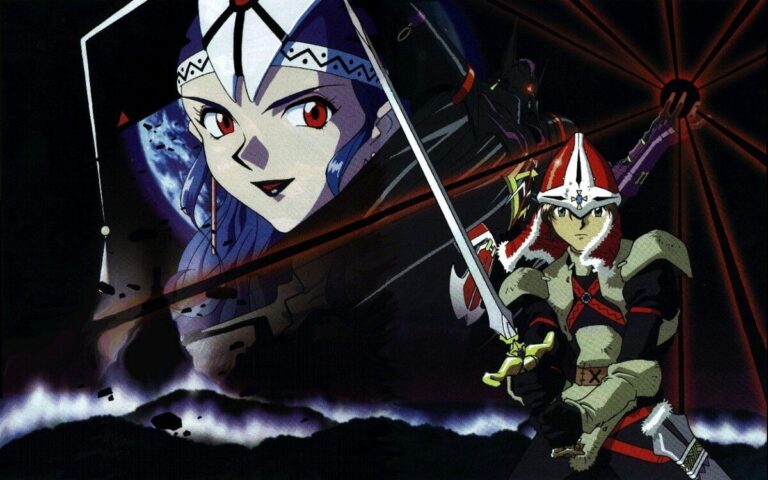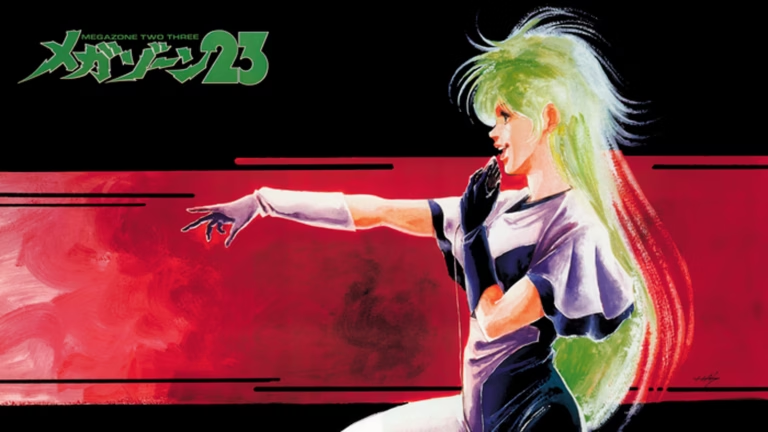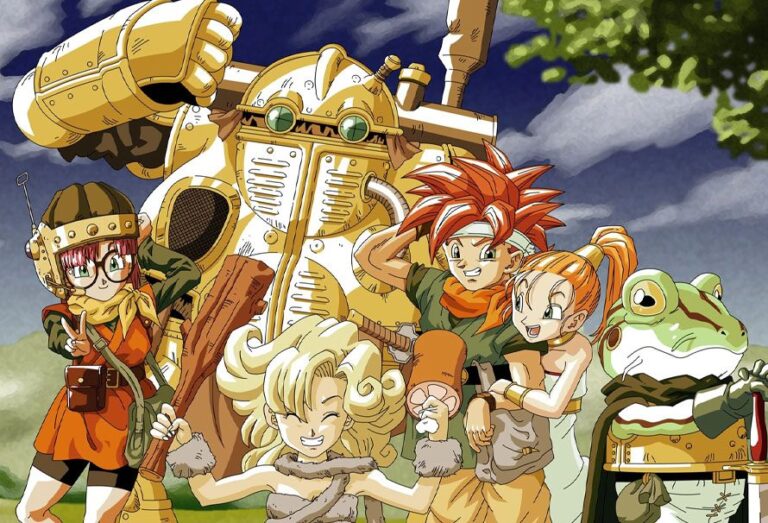Game data not found.
Cosmic Fantasy 3: Bōken Shōnen Rei is a title that continues the beloved Cosmic Fantasy series, known for its unique blend of science fiction and fantasy elements. Released exclusively in Japan for the PC Engine in 1992, this game is often overshadowed by its predecessors due to its limited availability. However, it remains a cherished gem for those who have experienced its rich narrative and engaging mechanics. This article delves deep into the various aspects of the game, exploring what makes it a noteworthy entry in the Cosmic Fantasy series.
Story
The narrative of Cosmic Fantasy 3: Bōken Shōnen Rei unfolds in a universe where technology and magic coexist. Players step into the shoes of Rei, a young and adventurous protagonist who embarks on a grand journey across the cosmos. Rei’s quest begins when he learns about an impending threat to his world from a mysterious and malevolent force. With courage and determination, Rei sets out to uncover the truth behind this danger and to protect his home from destruction.
Throughout the game, Rei encounters a diverse cast of characters, each with their unique backstories and motivations. These characters join Rei on his journey, contributing to both the plot’s progression and the evolution of the game’s central themes. Themes of friendship, bravery, and the eternal struggle between good and evil are intricately woven into the storyline, providing players with an emotionally resonant experience.
The game’s narrative is also enriched by its well-crafted dialogue and character development. As players advance through the game, they witness Rei’s growth from a naive young boy into a seasoned hero. The story is filled with unexpected twists and turns, keeping players engaged and eager to discover what lies ahead.
Gameplay
Cosmic Fantasy 3: Bōken Shōnen Rei features traditional turn-based RPG mechanics that will be familiar to fans of the genre. Players navigate through various environments, including lush forests, bustling towns, and futuristic space stations. Exploration is a key component of the gameplay, with hidden items and secret paths encouraging players to thoroughly investigate each area.
Combat is initiated through random encounters, a staple of RPGs from this era. During battles, players must strategically manage Rei and his companions, utilizing each character’s unique abilities to overcome enemies. The game offers a robust selection of skills and magic spells, allowing for varied combat strategies. As characters gain experience points and level up, they unlock new abilities that prove essential in facing increasingly difficult foes.
One of the standout features of the gameplay is the integration of cosmic elements into the mechanics. Players can acquire and use futuristic technology alongside traditional fantasy weapons and magic. This blend of sci-fi and fantasy elements adds depth and variety to the combat system, setting Cosmic Fantasy 3 apart from other RPGs of its time.
Additionally, the game includes several mini-games and side quests that provide players with opportunities to earn rewards and further immerse themselves in the game’s universe. These activities offer a welcome diversion from the main storyline and add to the overall replayability of the game.
Graphics and Sound
For its time, Cosmic Fantasy 3: Bōken Shōnen Rei boasts impressive graphics that take full advantage of the PC Engine’s capabilities. The game features vibrant and detailed sprite work, bringing its diverse environments and characters to life. Each locale is meticulously designed, with distinct visual styles that reflect the game’s blend of fantasy and science fiction themes.
Character designs are particularly noteworthy, with each character displaying a unique and memorable appearance. The game’s art style is both colorful and expressive, effectively conveying the emotions and personalities of the characters.
The sound design in Cosmic Fantasy 3 is equally commendable. The game features an evocative soundtrack that complements the narrative and gameplay. Composed of a variety of musical styles, the soundtrack enhances the atmosphere of each scene, whether it’s a tense battle or a serene exploration sequence.
Sound effects are also well-executed, with distinct audio cues for different actions and events. The combination of engaging visuals and immersive sound design creates a captivating experience that draws players into the game’s universe.
Legacy and Reception
Cosmic Fantasy 3: Bōken Shōnen Rei was well-received in Japan upon its release, praised for its engaging story, compelling characters, and innovative blend of fantasy and science fiction elements. However, its impact was limited due to its Japan-exclusive release and the relatively niche audience of the PC Engine.
Despite these limitations, the game has garnered a dedicated fan base over the years, with many players appreciating its unique charm and narrative depth. Its legacy is further cemented by its influence on subsequent entries in the Cosmic Fantasy series, which continued to explore the fusion of sci-fi and fantasy themes.
The game’s reception also highlights the importance of localized releases for RPGs, as many fans outside Japan have expressed a desire to experience the game in their native languages. This demand underscores the enduring appeal of Cosmic Fantasy 3 and its potential for reaching a broader audience.
Conclusion
Cosmic Fantasy 3: Bōken Shōnen Rei stands as a testament to the creative storytelling and innovative gameplay that define the Cosmic Fantasy series. Its engaging narrative, strategic gameplay, and captivating audio-visual presentation make it a memorable experience for those fortunate enough to play it. While its limited release has kept it somewhat under the radar, its impact on the genre and its influence on subsequent games are indisputable.
The game remains a cherished entry in the RPG genre, remembered for its adventurous spirit and its seamless blend of science fiction and fantasy elements. For fans of the series and RPG enthusiasts alike, Cosmic Fantasy 3 offers a unique and rewarding journey through a richly imagined universe. As its legacy continues to endure, it serves as a reminder of the creativity and innovation that characterized the early days of role-playing games.


